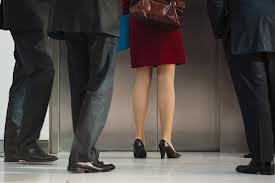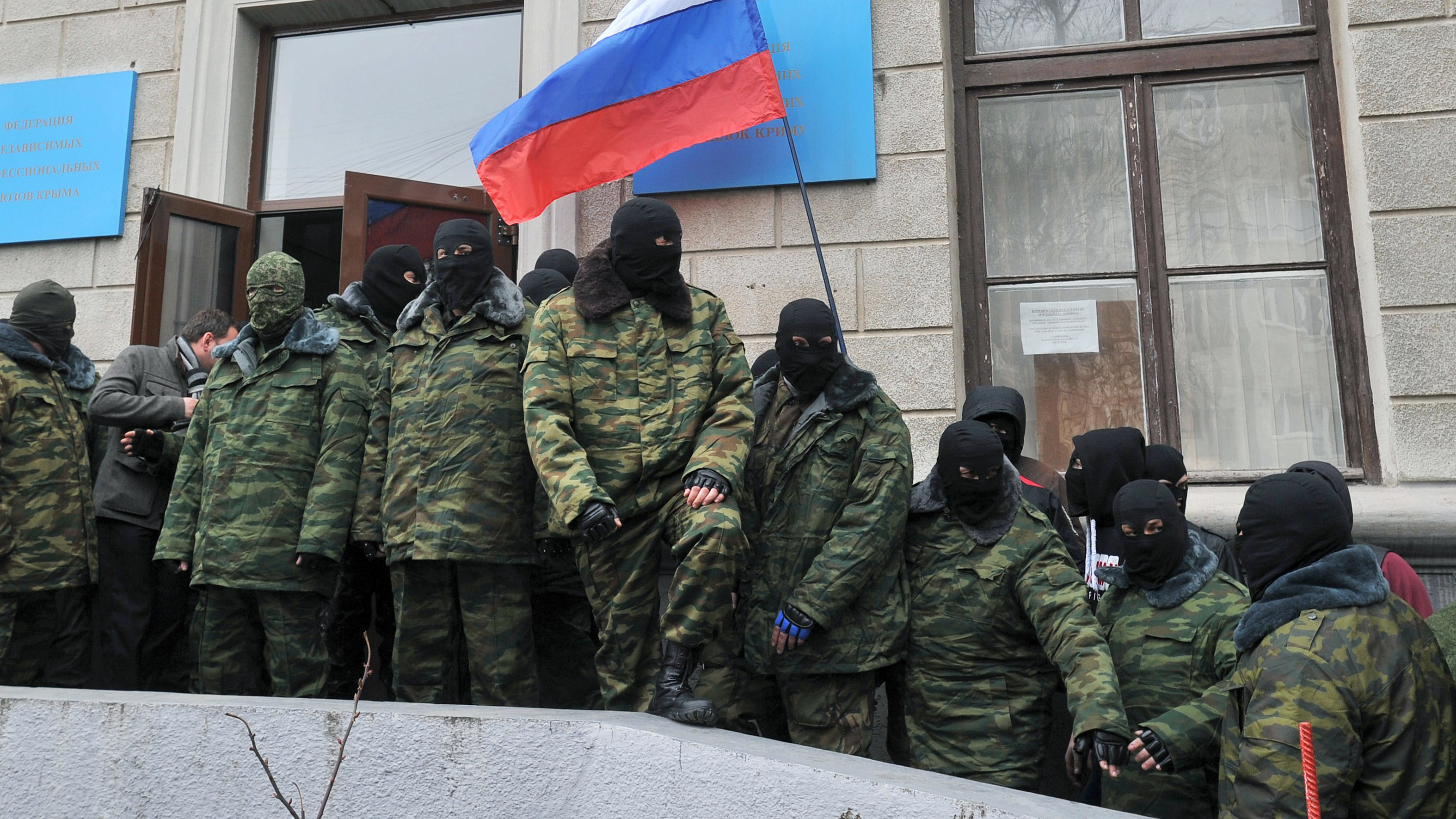Palestinians have been struggling against the Israelis for decades. These struggles have led to armed conflict in what have been called the first Intifada of 1987-1991 and the second Intifada from 2000-2005. The most recent uprisings that began in September of 2015 have not yet been labelled a third Intifada, although some argue that they are reminiscent of those events. The storming of the Al-Aqsa mosque by Jewish settlers who were backed by the Israeli armed forces was the reason behind the recent uprisings. Palestinian youth have been playing an active role in the uprising by voicing their frustration with both the Israeli government and the Palestinian Authority for the way they are conducting the recent peace talks. Young women and girls have been playing an active role in particular. Palestinian women have always played an essential part in the Palestinian struggle, and were involved in various activities during the Intifadas, which will be explained further below.
During the First Intifada all women participated; one protester recalls,
“All the girls my age fought in the first Intifada; we were in the streets throwing rocks and blocking roads and screaming at the protests just like the men.”
Even teenagers as young 16 years old were on the streets throwing rocks and taking part in protests. It was not difficult to participate in protests because they did not have to worry about being arrested by the Palestinian Authority. The Israeli Forces were also less violent than they are now. They would use tear gas and rubber bullets instead of shooting at teenagers who were participating in the protests. Things changed during the second Intifada. As armed Palestinian militias began playing a larger role, women were not as welcomed to take part in the fighting. However, they still participated in the resistance by hiding fighters in their homes and protecting people from getting arrested by using their bodies to “de-arrest” them by throwing themselves at the Israeli soldiers, giving detainees the time to escape. They supported one another and organized themselves in order to meet and help one another even during curfews when they were not allowed to leave their homes.
It is evident now that more young women are taking to the streets to protest in the latest uprising. As the number of young women participants increases, more women feel encouraged to join them. Images of women throwing stones at Israeli forces in both Gaza and the West Bank have spread all over the Internet. There are those who argue that the resurgence of participation by women in the streets has to do with the struggles faced by the young generation of Palestinians who are referred to as the “Oslo generation”.
The term “Oslo Generation” has been used to describe Palestinian teenagers who have lived most or all of their lives under the Oslo accords signed by Israel and the Palestinian Liberation Organization (PLO). Before the most recent uprising they were described as being disillusioned when it came to politics. Now they have become increasingly active out of frustration with the status quo. The current economic climate is poor with the unemployment rate reaching 39% and 62% for women in that region. The generation leading the current movement is filled with despair and frustration at the fruitless peace process. Women in particular are under societal pressure. In addition an overwhelming sense of nationalism has led both men and women to take part in the uprising.
Palestinian women have always been crucial to the Palestinian resistance movement. In the most recent events young women and girls have taken to the streets without fear or hesitation, demonstrating that they have had enough of the status quo.


